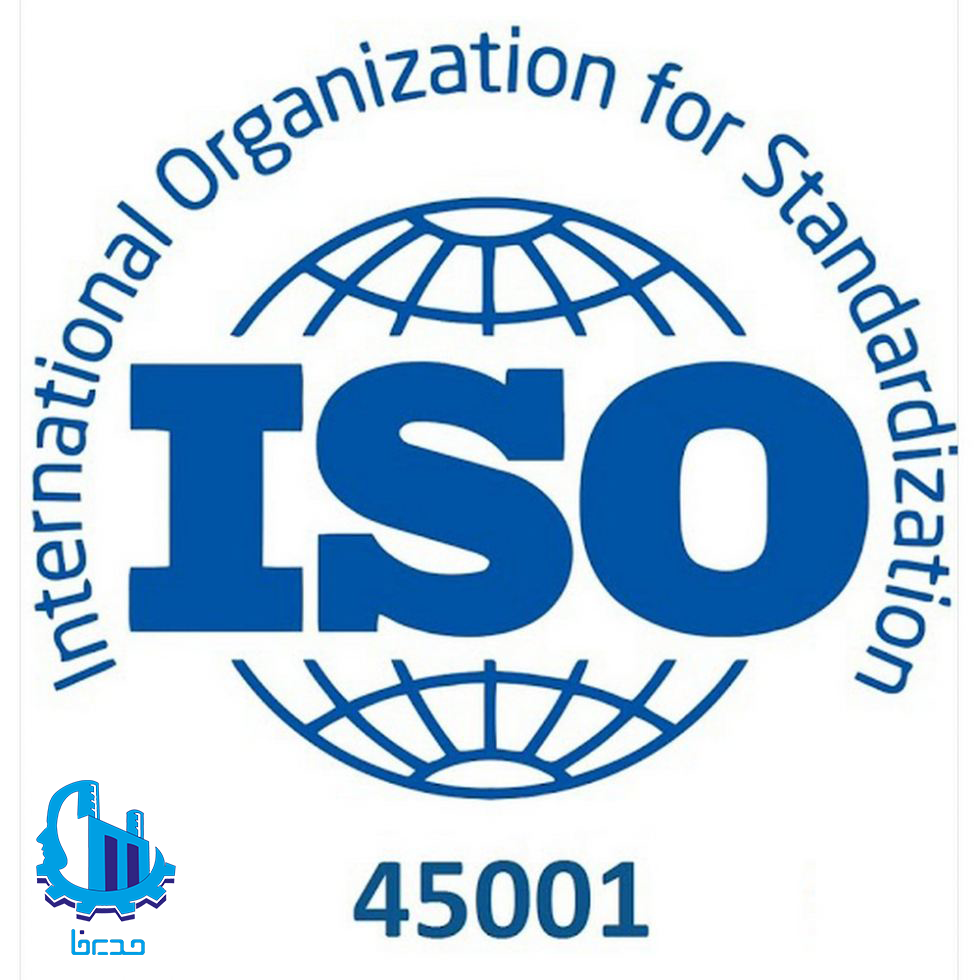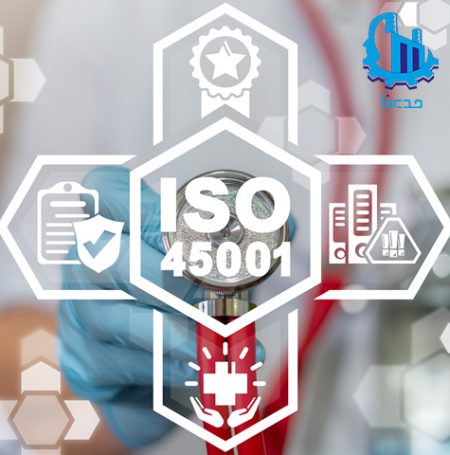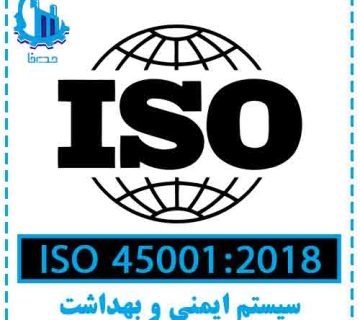
ISO 45001 standard
The ISO 45001 standard was created to reduce factors that cause irreparable harm to employees and businesses. Its requirements are the result of extensive effort by a committee of health and safety management experts who have closely examined many other approaches to system management – including ISO 9001 and ISO 14001. In addition, ISO 45001 is designed to achieve occupational health and also includes safety standards such as OHSAS 18001 as well as labor standards, conventions and safety guidelines of the International Labor Organization.
According to many health and safety experts, including those who have worked on the ISO committee, ISO 45001 is an important development in achieving occupational health. Now, for the first time internationally, businesses of all sizes can access a single framework that provides a clear path to developing better and stronger occupational health and safety practices.
Benefits of implementing ISO 45001
ISO 45001 provides a clear framework for managing your regulatory and legal obligations, by industry and location. This requires you to review and communicate your legal obligations to your workforce and other stakeholders and involve them in the development of your OHSMS.
benefits:
More strict compliance with health and safety laws.
The possibility of global trade and compliance with health and safety laws in each country.
Trust and confidence in stakeholders.
A safer and motivated workforce that prioritizes health and safety.
Reducing the risk of workplace accidents and diseases that lead to fines and prosecutions and the possibility of lower insurance premiums.

The goal of ISO 45001
ISO 45001 is an international standard that specifies the requirements for an occupational health and safety (OH&S) management system, with guidance for its use, to enable an organization to improve its OH&S performance in preventing injury and improving safety. and improve health.
Benefits of obtaining ISO 45001
The ISO 4001 framework can take organizations to the next level in terms of health and safety. Some of the benefits that organizations that implement this standard will gain include:
Easier integration with other ISO standards
Increase awareness of OH&S risks
Continuous improvement of OH&S performance
It ensures that this organization is one of the safest places to work
Improved ability to respond to regulatory compliance issues
Reduction in total incident costs
Reducing downtime and operational disruption costs
Reducing the cost of insurance premiums
Reducing absenteeism and employee turnover rates
Recognition and achievement of an international standard that in turn affects many existing and potential customers who are concerned about their social responsibilities.

6 simple steps to implement ISO 45001
Certification seems complicated to many people because of the red lines, but maintaining a long list of documents is not absolutely necessary, at least for OH&S certification!
Below is a simple 6-step procedure to get started with a secure, complete, yet simple management system!
Step 1- The context of the organization
Identify external and internal influences (people/organizations) on your organization, ensure you have the necessary conditions in your system to meet their expectations
Step 2- Managers and employees make policies together and determine roles and responsibilities
Everyone sees things from a different point of view, the OH&S program is more effective if everyone regardless of hierarchy is included in policy design.
Step 3 – Plan to identify risks and then mitigate them
Identify the processes in your facility/organization
Identify the risks involved in the activities as well as the person responsible for these processes
Reduce risks with control
Determine and support the resources needed to implement controls
Step-4 list of operations
Determining tasks for planning required resources, training and documenting controls in place.
Step 5- Performance evaluation
This step is very important for ISO 45001. Start with an internal audit to assess compliance with risk mitigation controls and ensure their validity.
Step-6 to improve
ISO 45001 to continuous improvement by:
Dealing with incidents
Find the root causes
Update with new information and requirements
Conclusion:
An ISO 45001 health and safety management system is a way of doing things that primarily protects your employees and key stakeholders from harm. It protects employees from bad health caused by work or worsened by accidents. In addition, it plays an important role in ensuring the safety of visitors to your premises, such as customers and contractors.
Improving your health and safety system to the level required by ISO 45001 will help you anticipate and control health and safety risks and comply with regulations. By doing this, it reduces the risk of litigation, improves productivity and trusts customers.
How has the impact of the ISO 45001 standard been in your organization? Have you implemented the ISO 45001 standard in your organization? With the implementation of more than 1200 projects in the country, Modirfa Group of Consultants is ready to provide management consulting and implementation of all standards for you business owners.






No views